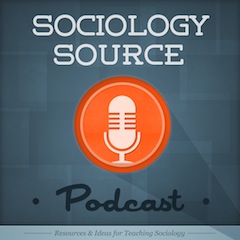Last Friday Steven Spielberg’s Lincoln opened in limited release. I haven’t seen the film, but I intend to because I want to see which Lincoln will be featured on screen.
I have known many Lincolns throughout my life. When I was a young child I was told that Lincoln freed the slaves and was one of the country’s greatest heroes. As a teen I was told that Lincoln was actually a shrewd diplomat who only freed the slaves to undercut the Confederacy. In college I was introduced to a much darker version of Lincoln; one who was a white supremacist and no civil rights hero at all. How can this be? How can there be so many versions of the same man? How can they be so polarized? Who is the real Abraham Lincoln?
It wasn’t until I read Lies My Teacher Told Me (1995) by James Loewen that everything clicked into place. In case you’ve not been exposed to the book yet, Loewen’s book is a content analysis of high school history textbooks. Loewen set out to find what is and is not being taught in schools in the U.S.
Loewen’s argument is far too nuanced for me to recount it here, but I’ll try to encapsulate it. The Lincoln our high schoolers read about is a vaunted hero who freed the slaves, but at the same time he was a shrewd politician who was not so much anti-slavery as he was concerned with holding the country together. As evidence Loewen points to an oft printed decontexualized quote from a letter Lincoln wrote to Horace Greeley:
My paramount object in this struggle is to save the Union, and is not either to save or to destroy slavery. If I could save the Union without freeing any slave I would do it, and if I could save it by freeing all the slaves I would do it; and if I could save it by freeing some and leaving others alone I would also do that. What I do about slavery, and the colored race, I do because I believe it helps to save the Union; and what I forbear, I forbear because I do not believe it would help to save the Union…
This sounds damning to be sure, but if we add the sentence that Lincoln wrote just after this sentiment, a more complex version of the man emerges.
I have here stated my purpose according to my view of official duty; and I intend no modification of my oft-expressed personal wish that all men every where could be free.
Without that last sentence it’s easy to see how both white supremacists and Black activists could argue Lincoln was a supremacist underneath it all. This is not to say that Lincoln really was the civil rights hero the history books make him out to be. Lincoln at some points in his life advocated white supremacy, while at other times he fought against systemic oppression.
I can’t do Loewen’s book or even the chapter dealing with Lincoln justice. I hope that this brief discussion of it will encourage you to read it for yourself if you haven’t already.
The film Lincoln, Loewen’s book, and the version of Lincoln living in your students’ minds is an opportunity to discuss a whole host of sociological issues. From the social construction of reality to the hegemonic aspects of education, Lincoln is an invitation to a show your students how sociology permeates through our history and our present.





